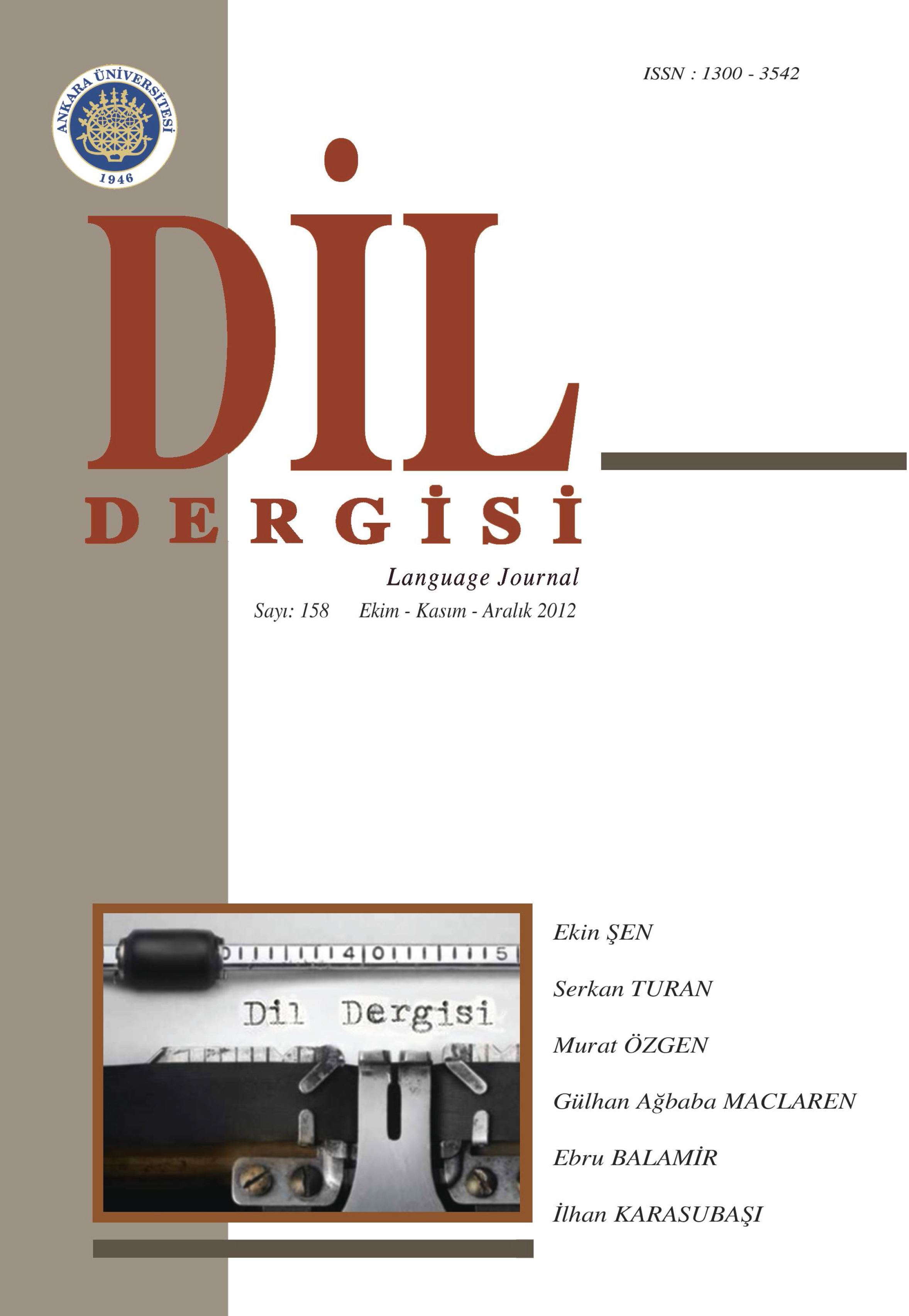Döngüsel Çizgiselleştirme ve Türkçe Örneklemi
Cyclic Linearization and Turkish Sample
Author(s): Murat ÖzgenSubject(s): Language studies, Education, Foreign languages learning, Phonetics / Phonology, Syntax
Published by: Ankara Üniversitesi TÖMER
Keywords: Linearization; phase theory; syntax-phonology interface; p-phrases;
Summary/Abstract: Recently, linearization and linear dependence relations have begun to hold a significant place within the theory starting from the approach put forward by Kayne (1994) ‘Linear Correspondence Axiom along with such studies as Uriagereka (1999), Chomsky (1995; 2000; 2001; 2004; 2008) and particularly Fox ve Pesetsky (2005a). Linearization, by its simplest definition, can be defined as the turning a two dimensional object or structure into a single dimensional object or structure. Syntactic phrases are two dimensional structures and the linguistic items within these phrases (they may be lexical or functional) are in dominance and sisterhood relations. In other words, the phrases have both width and depth (Hornstein, Nunes ve Grohmann, 2005: 219). In this case, Linearization, is an interface requirement imposed onto syntactic objects by the Articulatory-Perceptual (A-P) system, which is in close interaction with PHON. For instance, (1) a. [CP [TP SUBJ [vP [VP OBJ V] v] T ] C] b. (SUBJФ) (OBJФ VФ) Therefore, as soon as syntactic objects are mapped to PF, they lose their two-dimensional structures, and they are spelled-out as label-free p-phrases. As seen above, this simple linearization within the framework of Phase Theory predicts the p-phrases in ‘b’. The linearization approaches suggested in this respect with syntax-PF mapping have not been discussed in terms of Turkish data before. The aim of this study is to review the algorithm and the operations of the resetting-based approach Cyclic Linearization (Fox ve Pesetsky, 2005a) mentioned in the literature, and to discuss this algorithm within Turkish data. In this respect, the study seeks to answer the questions as to what the algorithm of the approach is, how the algorithm works in Turkish data, and what kinds of problems we face when we apply the algorithm. Preliminary observations show that the algorithm applied within Turkish data reveal conflicting arguments, and in this context, it is suggested that a new linearization approach should be formed dealing with the data the approach cannot account for
Journal: Dil Dergisi
- Issue Year: 2012
- Issue No: 158
- Page Range: 37-50
- Page Count: 14
- Language: Turkish

